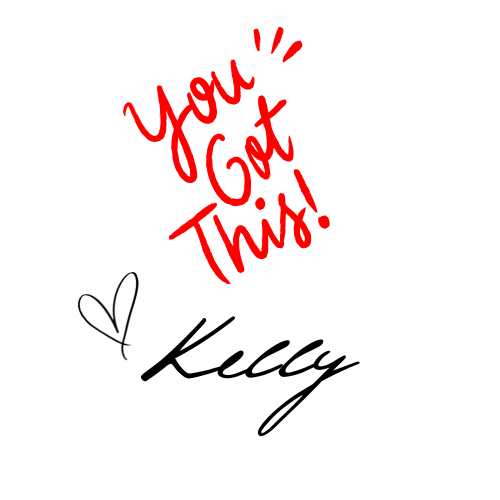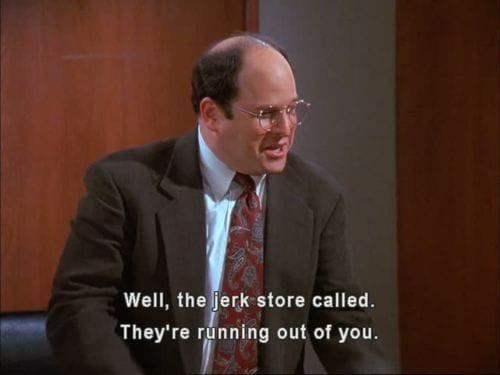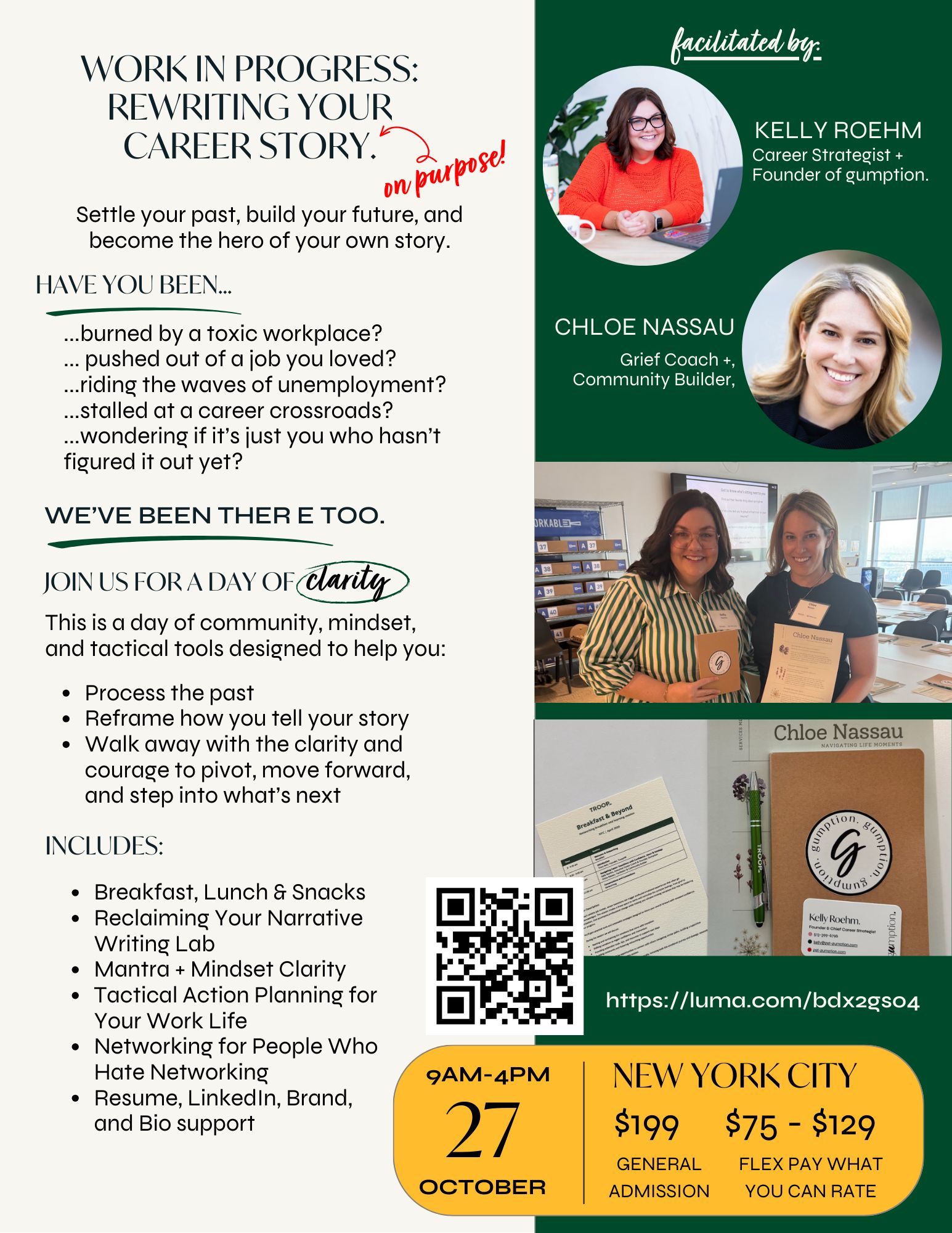- Cup of Ambition.
- Posts
- ☕️Cup of Ambition: Smart, Experienced & Unemployed.
☕️Cup of Ambition: Smart, Experienced & Unemployed.


In This Edition…
9 to 5 Dilemma: When You're Really, Really Good at What You Do and Still Unemployed.
Confronting Your Work Bully.
Preparing for AI Interviews.
Upcoming Events! Let’s hang.
Dollyism.
Oof. I think you’ve just described what about 60% of my readers are feeling right now.
And this one stings because it’s not about ability, you’ve already proven that. You are experienced, talented, smart… and overlooked.
This is largely a byproduct of our current economy, job market, and (gesturing wildly)…
Let me first remind you that you are searching in one of the most challenging markets in our recent history.
Hiring is declining, layoffs are increasing, and the talent market was already saturated from tech layoffs that started two years ago.
Right now we’re sitting at an average of 25,000 jobs max being added with a steadily rising unemployment rate.
You feel all of this already, but I say this to say that it isn’t you. It’s not a you issue. It’s not a you flaw. It’s not a you failure.
The things that I see work time and time again in this market:
Resilience + Strategy
The best strategy is rooted in your clear narrative aligned with what the market needs right now, even if demand is down.
Here’s what I want you (and anyone in this situation) to hear:
Your value is real, but it has to be translated.
Accomplishments, education, credentials, and experience matter, but only if they’re framed in the language of the job you want now. Recruiters skim, and if your story isn’t aligned to the current market needs, they’ll pass.Employment gaps are not dealbreakers.
What employers care about is relevance today. The question is: how are you positioning your time away? Did you build skills, take on contract work, volunteer, or consult? How can you frame the time as a future facing asset?Call out the reasons for exit.
If you have reasons for exit at companies, consider adding them to your resume. I like to add them after the company or role description in your experience section. Something simple like, “Reason for Leaving: Part of 10% team organization.” That doesn’t leave your reader guessing on why you left.
References are great, but they’re not strategy.
Having people vouch for you helps, but it doesn’t replace clarity in your own pitch. Networking has to be coupled with a sharp, compelling way to say “here’s the problem I solve for you.”
What to Do Next
Audit your story. Is your resume/LinkedIn focused on responsibilities or impact? Every line should answer: “So what? Why does this matter to the business, outcomes, goals, etc.?”
Build a clear Unique Value Proposition. One sentence that says who you are, what you do, and the outcomes you deliver.
Use your network differently. Instead of “can you get me in the door?” try “here’s the type of role I’m targeting, who do you know that would benefit from someone with [specific expertise]?”
Smart, capable, credentialed people get overlooked all the time, not because they aren’t qualified, but because they haven’t aligned their story with the market.
You, my friend, have a beautiful story full of experience, education, and wisdom. Just make sure your story is easy to understand and aligned with your audience and continue speaking it with confidence… even when the corporate world doesn’t echo back.

Facing the Work Bully.

If you could confront your biggest work bully, past or present, what would you say to them?
I had a moment recently that caught me off guard. I ran into the first executive who ever made my job miserable. We worked together more than 15 years ago, but the second I saw his face, I felt the same reaction I did back then. Not because I still carry the wound, but because the memory of that anger hit hard.
Here’s the story.
This executive was leading a team where one employee repeatedly slept at his desk. We had already ruled out accommodation or medical need, so the team’s frustration was valid, they were carrying the workload while he checked out.
I raised it several times with the executive, but because the employee was his friend, he brushed it off. Eventually, I said we would be moving forward with corrective action.
That’s when he lost it.
He stood up and called me “the biggest f***ing idiot” he’d ever met. He told me to shut my mouth, mind my business, and that I only had “half a brain cell floating up there.” I was stunned.
Then he stormed out.
I didn’t let it slide. He was later forced to apologize.
I was only five years into my HR career then, but I knew enough to stand my ground. And while I don’t dwell on it, moments like that remind me of a truth we don’t like to admit: sometimes, we work with bullies.
The difference is how we choose to respond.
Facing the Beast.
Name it for what it is.
Don’t soften or excuse bad behavior. Call it out directly and clearly. Since then I’ve learned to say things like, “That’s an odd thing to say”, “You can disagree with me, but you cannot disrespect me,” and the classic “Ok, coach” when someone is hellbent on saying the same thing I just said without crediting the author (me).
Whatever you do, say something. Bullies love to test the edges of how far they can take it before you stand up. That doesn’t mean bullying back, being disrespectful, or challenging authority. It simply means setting a boundary through a clear, calm statement.
Document Your Truth. Write down when these events occur, what was said, and how you responded. You don’t have to escalate it now, but having a record will help you look for patterns. Someone being a jerk periodically is one thing, but patterns of disrespect that are a consistent part of your day are another.
Hold your boundaries. This can’t be a one and done situation. Bullies love to test a boundary and see if you’ll hold up. Once you’ve decided that what they serve isn’t for you, be clear that you aren’t accepting it anytime it’s served.
Seek accountability. Silence only protects the bully. When bullying or patterns of disrespect are public events, find accountability. I get it, you don’t trust HR, but I’m sure there’s someone in leadership or HR you can trust. Go to them.
Choose your energy. You don’t have to carry the weight of their behavior with you. Let it be their reputation, not yours.
I don’t believe in living with bitterness, but I do believe in standing in and protecting my story. You hold the power, not them.
And honestly, my comeback to him when I saw in the coffee shop last week would’ve been the greatest comeback of all time…

Preparing for Asynchrous Interviews + Ai-Scoring

The hiring process has changed. In many industries, especially tech, healthcare, and corporate roles, you may not be meeting a recruiter or hiring manager first. Instead, you’re logging into a platform, hitting “record,” and answering questions into the void of your laptop camera.
Welcome to the world of asynchronous interviews (sometimes called “on-demand” or “one-way” interviews). And many of these recordings are run through AI scoring systems before a human ever reviews them.
I get it, why do you need to speak into the void, have it analyzed by ai, and then potentially never hear from a company?
Add it to the list of broken processes, features, and games we play in the hiring process.
For now, though, hiring teams see this as a way to solve the “we have 1,200 qualified applicants and need a quick way to find out who the top 3-5 are” problem.
What Are Asynchronous Interviews?
Instead of a live conversation, you’re given a set of pre-determined questions and asked to record your answers within a certain timeframe.
How AI Scoring Works (and What It Looks For)
While every platform is different, AI scoring typically evaluates:
Content: Are you addressing the question clearly, using relevant keywords and examples?
Structure: Do your answers follow a logical flow (Situation → Action → Result)?
Delivery: Tone, pace, and clarity of speech. Some tools even flag long pauses or filler words (“ummm” “uhhh” “like” “you know”).
Non-verbal cues: Eye contact with the camera, facial expressions, overall presence.
The good news in this, though, is that good interview preparation goes a long way here.
How to Prepare (For AI and Humans)
Know your 90-second story frame.
Most platforms give you 1–3 minutes. Practice delivering answers in about 90 seconds enough to show depth without drifting. A clear beginning, middle, and end keeps both AI scorers and human reviewers engaged.Anchor to your pillars.
Go in knowing the 3–4 core themes you want to be remembered for (e.g., leadership, operational excellence, culture building). Every answer should connect back to one of these pillars so you’re reinforcing your brand and how it aligns to the job.Use impact stories.
Build a bank of PAR/CAR/SAR/BLUF stories (Problem/Action/Result, Challenge/Action/Result, Situation/Action/Result, or Bottom Line Up Front). These frameworks help you deliver structured answers that are easy to score and powerful to hear.Keep impact front and center.
Always close with a measurable result or clear takeaway: revenue saved, engagement increased, time reduced, trust built. This ensures the “so what?” is obvious every time.Bottomline, the same preparation that makes you strong in an AI-scored interview is exactly what resonates with a live recruiter or hiring manager. Structured, pillar-driven answers with clear impact hit the mark every time.
Upcoming Events
New York City Workshop
Work in Progress: Rewriting Your Career Story
📍 NYC | 🗓 October 27, 2025 | ⏰ 9 AM – 4 PM
👉 Register here


Don’t Be a Stranger!
Like my content?
Tired of always talking about how much you hate your job anytime you hang out with friends or family?
Think more people need to hear what I say?
5 Ways to Grow Our Networks:
1) Connect with me on LinkedIn!
2) Like, share, and engage with my content across social
3) Refer friends and co-workers to subscribe to Cup of Ambition!
4) Refer anyone who tells you they hate their job to me! Refer a new client, spin the prize wheel, and we both win!
5) Recommend me for speaking opportunities within professional networks, community groups, ERGs, workplace events, or other groups you’re a part of.
If you don’t want a Cup of Ambition in your inbox, no worries. Just break my heart 💔 and unsubscribe using the link below